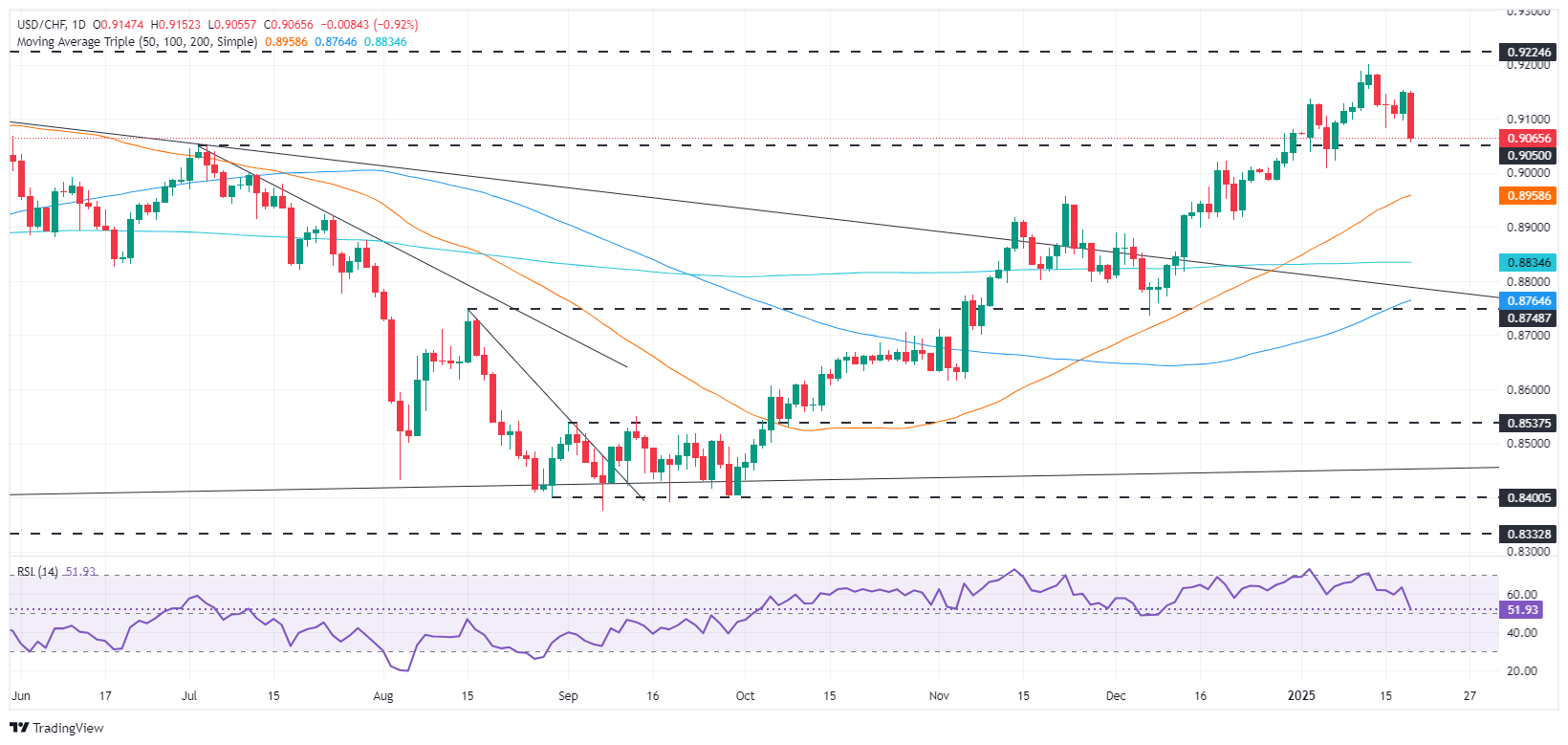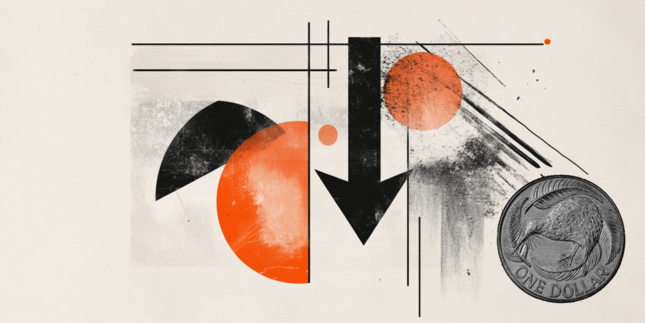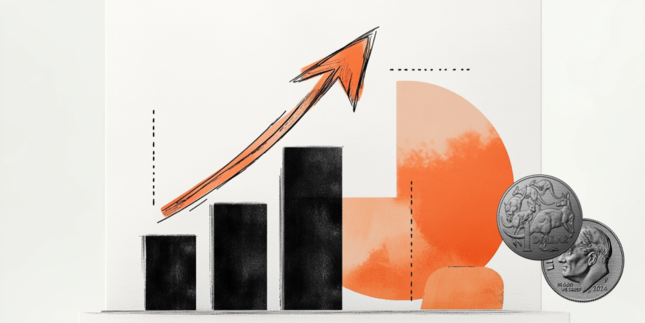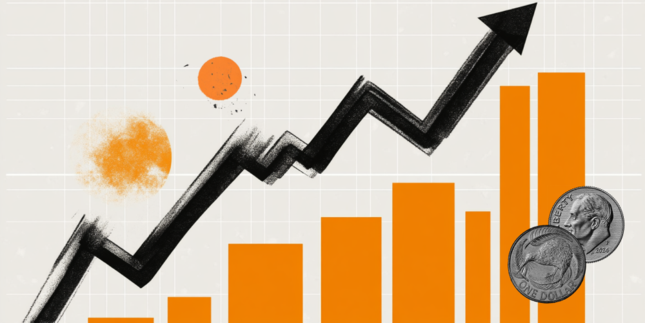USD/CHF Price Forecast: Dips below 0.9100 on soft US Dollar
- USD/CHF continues downward, breaking below key SMAs, signaling potential for further consolidation.
- Persistent downtrend may test critical support at 0.9000 after breaching October trendline.
- Recovery above 50-day SMA at 0.9082 could push towards 20-day SMA at 0.9110 and 0.9150.
The USD/CHF reverses course and drops below 0.9100 for the fourth consecutive day. Broad US Dollar weakness keeps most G8 FX currencies in the green territory as US President Donald Trump begins his second term. The pair trades at 0.9068, down 0.87%.
USD/CHF Price Forecast: Technical outlook
The USD/CHF has fallen below the 20 and 50-day Simple Moving Averages (SMAs) each at 0.9110 and 0.9082, respectively, an indication that some consolidation lies ahead. If sellers regain control, they could challenge a support trendline drawn from October lows, which if broken opens the door for testing 0.9000.
On the other hand, if USD/CHF edges above the 50-day SMA at 0.9082, buyers could target the 20-day SMA at 0.9110. If cleared, the next stop would be the 0.9150.
USD/CHF Price Chart - Daily
Swiss Franc FAQs
The Swiss Franc (CHF) is Switzerland’s official currency. It is among the top ten most traded currencies globally, reaching volumes that well exceed the size of the Swiss economy. Its value is determined by the broad market sentiment, the country’s economic health or action taken by the Swiss National Bank (SNB), among other factors. Between 2011 and 2015, the Swiss Franc was pegged to the Euro (EUR). The peg was abruptly removed, resulting in a more than 20% increase in the Franc’s value, causing a turmoil in markets. Even though the peg isn’t in force anymore, CHF fortunes tend to be highly correlated with the Euro ones due to the high dependency of the Swiss economy on the neighboring Eurozone.
The Swiss Franc (CHF) is considered a safe-haven asset, or a currency that investors tend to buy in times of market stress. This is due to the perceived status of Switzerland in the world: a stable economy, a strong export sector, big central bank reserves or a longstanding political stance towards neutrality in global conflicts make the country’s currency a good choice for investors fleeing from risks. Turbulent times are likely to strengthen CHF value against other currencies that are seen as more risky to invest in.
The Swiss National Bank (SNB) meets four times a year – once every quarter, less than other major central banks – to decide on monetary policy. The bank aims for an annual inflation rate of less than 2%. When inflation is above target or forecasted to be above target in the foreseeable future, the bank will attempt to tame price growth by raising its policy rate. Higher interest rates are generally positive for the Swiss Franc (CHF) as they lead to higher yields, making the country a more attractive place for investors. On the contrary, lower interest rates tend to weaken CHF.
Macroeconomic data releases in Switzerland are key to assessing the state of the economy and can impact the Swiss Franc’s (CHF) valuation. The Swiss economy is broadly stable, but any sudden change in economic growth, inflation, current account or the central bank’s currency reserves have the potential to trigger moves in CHF. Generally, high economic growth, low unemployment and high confidence are good for CHF. Conversely, if economic data points to weakening momentum, CHF is likely to depreciate.
As a small and open economy, Switzerland is heavily dependent on the health of the neighboring Eurozone economies. The broader European Union is Switzerland’s main economic partner and a key political ally, so macroeconomic and monetary policy stability in the Eurozone is essential for Switzerland and, thus, for the Swiss Franc (CHF). With such dependency, some models suggest that the correlation between the fortunes of the Euro (EUR) and the CHF is more than 90%, or close to perfect.
Forex News
Keep up with the financial markets, know what's happening and what is affecting the markets with our latest market updates. Analyze market movers, trends and build your trading strategies accordingly.
























